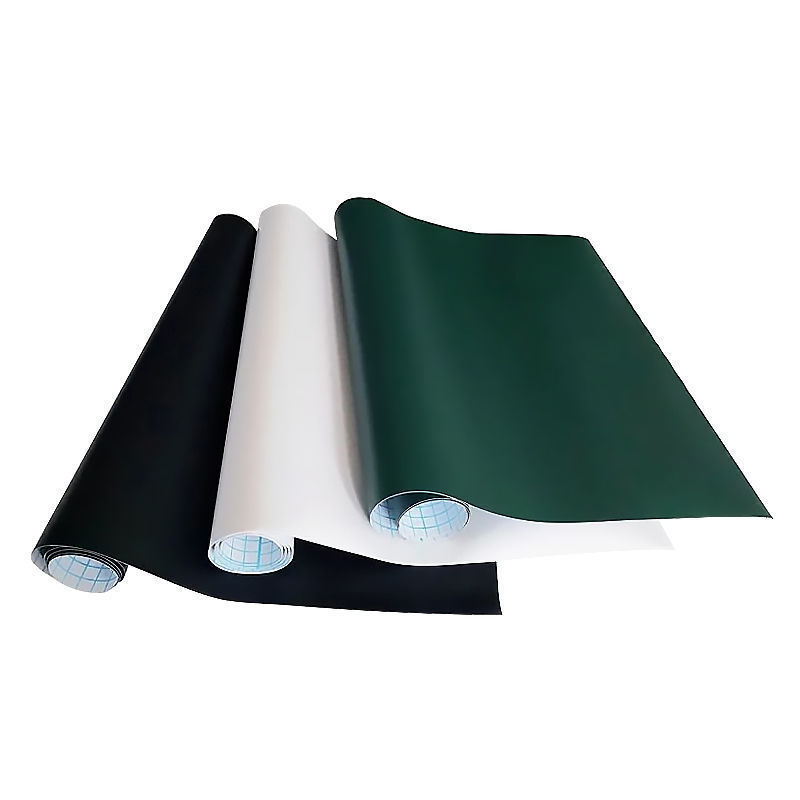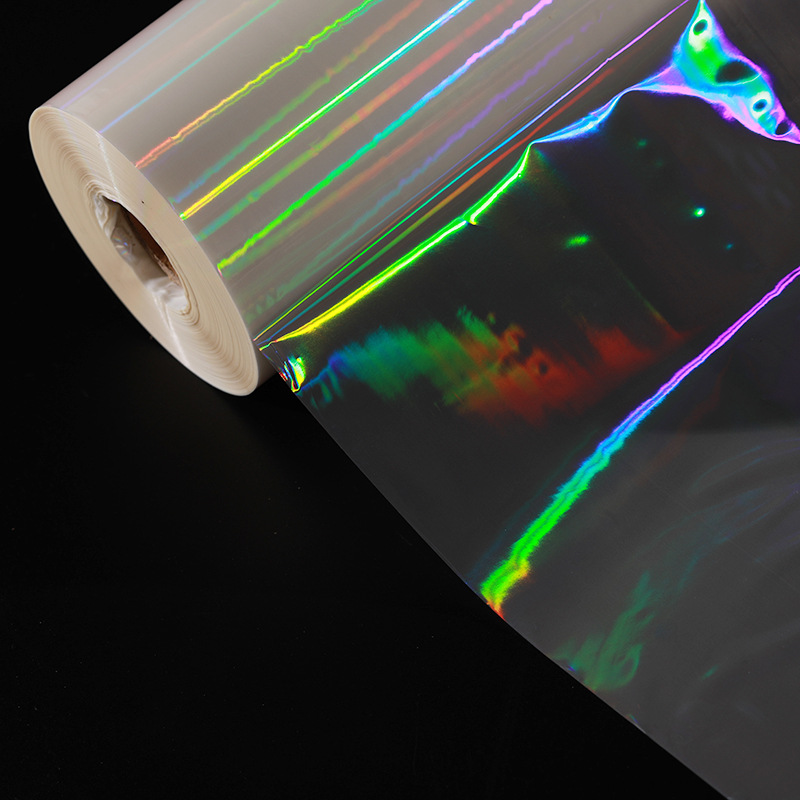
Anti static label
Anti static label is a type of self-adhesive label with anti-static long-lasting acrylic pressure-sensitive adhesive and a white coating suitable for heat transfer printing. It is made of two materials: polyester and polyimide (with high temperature resistance), and is designed specifically for printed circuit boards or related electronic components that require reducing static electricity to be labeled with characters or barcodes.
Among them, high-temperature and anti-static labels are ideal materials that can withstand the erosion of various fluxes, melting agents, and cleaning agents encountered in the production process of various circuit boards. Kaiyu Electronics uses anti-static adhesive and anti-static coating that are resistant to static electricity (the material can self transfer and release static electricity), leaving only a small amount of static electricity on the label in a very short period of time. The use of adhesive backed anti-static labels reduces the static electricity generated by tearing off the label from the backing paper to a safe level without damaging electronic components that are highly sensitive to static electricity.

The function of anti-static labels
-
Rapid release of static electricity upon peeling, and the swift reduction of static electricity inhibits damage to electrostatic sensitive components.
-
Minimizing the residual resistance of the adhesive.
It is generally considered that a range of 1011 ohms falls within the anti-static scope, effectively protecting sensitive components from breakdown, and the peeling voltage should not be excessively high.
Another aspect is the peeling voltage, which should be less than 100V. An excessively high peeling voltage can also impact sensitive components. Traditional self-adhesive labels can generate static electricity up to 1000V when peeled from the backing paper.
Moreover, being insulating by nature, they may retain electrical charge for a long time before returning to a neutral state.
Advantages of anti-static labels
Protection of electrostatic sensitive components: The main advantage of anti-static labels lies in their ability to effectively prevent damage to sensitive components caused by static electricity, ensuring product stability and reliability.
Improving production efficiency: By reducing electrostatic discharge (ESD) incidents, anti-static labels help minimize failures and downtime during the production process, thereby improving production efficiency.
Enhancing product safety: In flammable and explosive environments, static electricity can trigger fires or explosions. Anti-static labels can reduce this risk, enhancing product safety.
We offer comprehensive technical support, including free professional labeling solutions, advice on label materials and adhesive selection, as well as online/offline assistance from professional software and hardware engineers. Service email: andy@ownlikes.cn. In pre-sales, we leverage our extensive experience in specialty labeling projects to provide clients with the most suitable hardware solutions. Additionally, all our label barcode printers and scanners come with a three-year free warranty, demonstrating our confidence in our products.






This site is protected by reCAPTCHA and the Google Privacy Policy and Terms of Service apply.